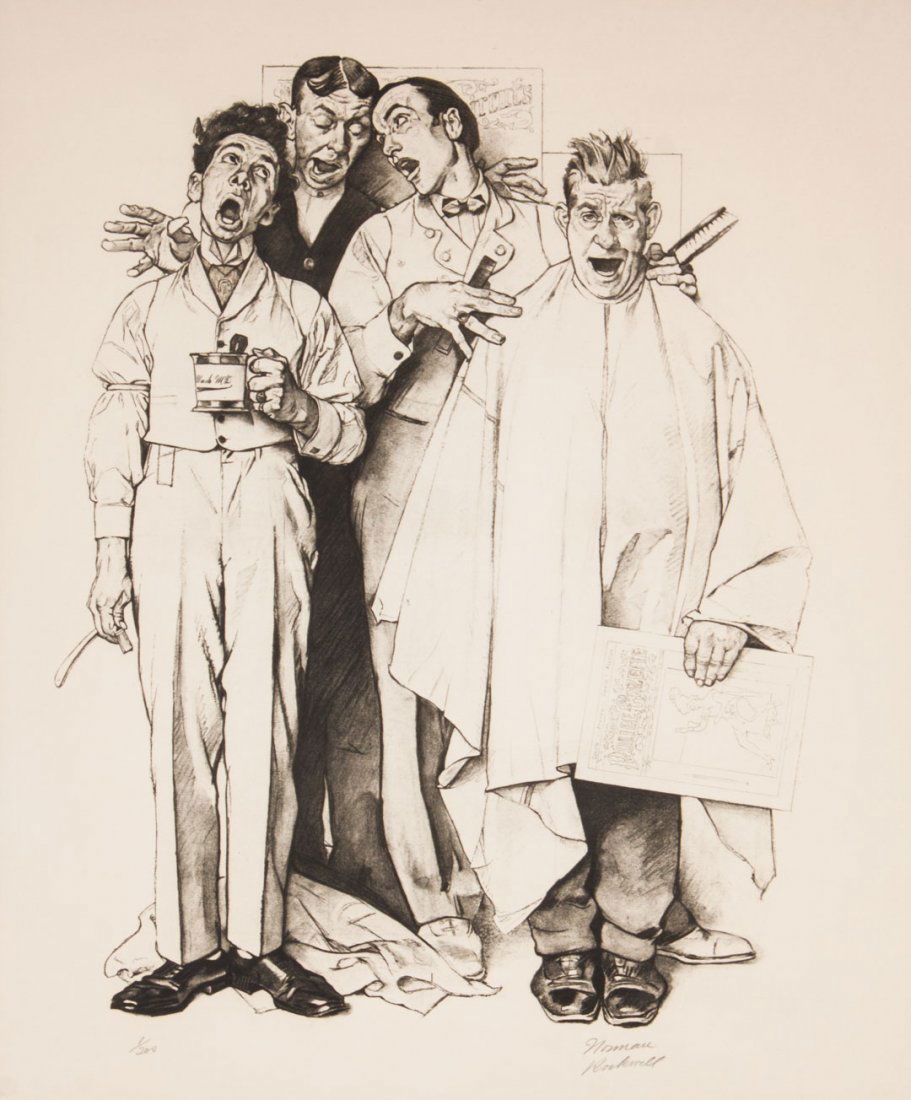Barbershop Arranging Manual Pdf
Recently I've been trying my hand at putting together some very simple arrangements (mostly choruses and tags) in the barbershop style as a way to practice before taking on larger pieces and I'm finding it incredibly difficult to get into. The biggest issue I'm facing is imagining each individual part in the greater 'picture' of the song. The past five years I was in collegiate marching band and arranged songs for them, but this feels like I'm starting from square one music theory-wise. In marching band music, there's a simplicity in arranging the pieces. Pretty much it's 'alternate the melody between saxes and trumpets and add some simple chord harmony in other parts' for marching band; it's pretty straight-forward. Arranging for marching band was pretty linear; of course, barbershop being homophonic, one has to take into account how the different parts interacts with each other rhythmically and melodically and I'm growing frustrated at the process.
Barbershop Arranging Manual Pdf Online
Moreover, I'm having difficulty creating the sense of tension/resolution through the presence of the 7th chords we all know and love because I'm so used to using the song's original chord progression as the primary harmonic sense of momentum without having to change too much. I feel like I'm artistically altering the piece so much it's losing its 'spirit.' To people who've arranged or even dabbled in barbershop theory, do you have any resources one could turn to to get a start at arranging? Eventually, once I get more comfortable with acapella arrangements in general, I'd like to arrange contest-eligible charts.


That's part of the reason I'm excited to get into barbershop arranging in general; I'm tired of hearing 'Five Foot Two' every contest - Primarily because I'm very familiar with the song, I've been working on ' from Tarzan, and most recently, ' originally written by Fred (Mister) Rogers. In general, I've just been messing around with making brief tags with simply melodies just to get a feel for what kind of progressions are and aren't working, and practice correct voice leading. Also, props on Groupanizer! Our chorus loves it and it's such a great way to put everything in one spot. If you can get your hands on scores, that might help you learn a few tricks.
And like you said, don't get too fancy reharmonizing it. Simple is often better, at least for starters. If you want to add seventh chords, look to secondary dominants as your key. Any time the chord is about to change, try using a secondary dominant or two in advance to prepare it while adding characteristic barbershop flair. Imagining each voice in the bigger picture Your lead does the obvious. Sings the melody. I'd notate that first since it's a given.
Now it gets trickier. The baritone is responsible for singing important chord tones like the 3rd or seventh when the top two voices aren't, and for singing the fifth or the root when the bass or other voices aren't (tip: don't be afraid of parallel fifths.) The tenor generally is doing whatever the baritone isn't, especially for seventh chords. The high flat seventh in the tenor is pretty iconic in barbershop.
The bass usually sings the root, but can sing any other chord tone if an inversion is happening (and should, root position gets boring after a while.) rather than going from I to V in the bass, have the bass sing the fifth sometimes. Makes the voice leading less jumpy, gives it a smoother sound (example - move from C major to G7 by moving the bass to D.) A lot of interesting part writing involves subverting these common barbershop tropes but I hope this is a decent guide.
